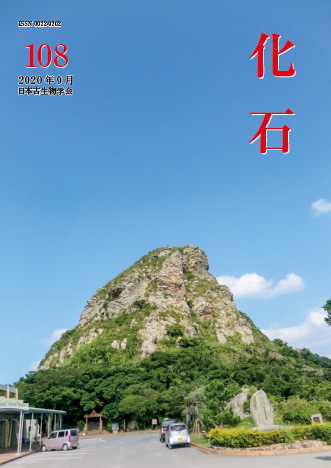Volume 108
Displaying 1-6 of 6 articles from this issue
- |<
- <
- 1
- >
- >|
-
2020 Volume 108 Pages Cover-1-
Published: September 30, 2020
Released on J-STAGE: October 16, 2020
Download PDF (250K)
-
2020 Volume 108 Pages 3-10
Published: September 30, 2020
Released on J-STAGE: October 16, 2020
Download PDF (2570K) -
2020 Volume 108 Pages 11-21
Published: September 30, 2020
Released on J-STAGE: October 16, 2020
Download PDF (1781K)
-
2020 Volume 108 Pages 23-35
Published: September 30, 2020
Released on J-STAGE: October 16, 2020
Download PDF (2959K)
-
2020 Volume 108 Pages 42-64
Published: September 30, 2020
Released on J-STAGE: October 16, 2020
Download PDF (1867K)
-
2020 Volume 108 Pages Cover-2-
Published: September 30, 2020
Released on J-STAGE: October 16, 2020
Download PDF (258K)
- |<
- <
- 1
- >
- >|
